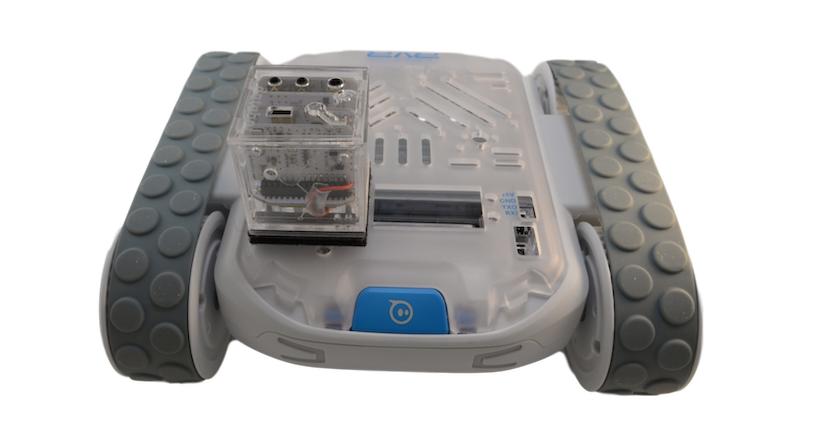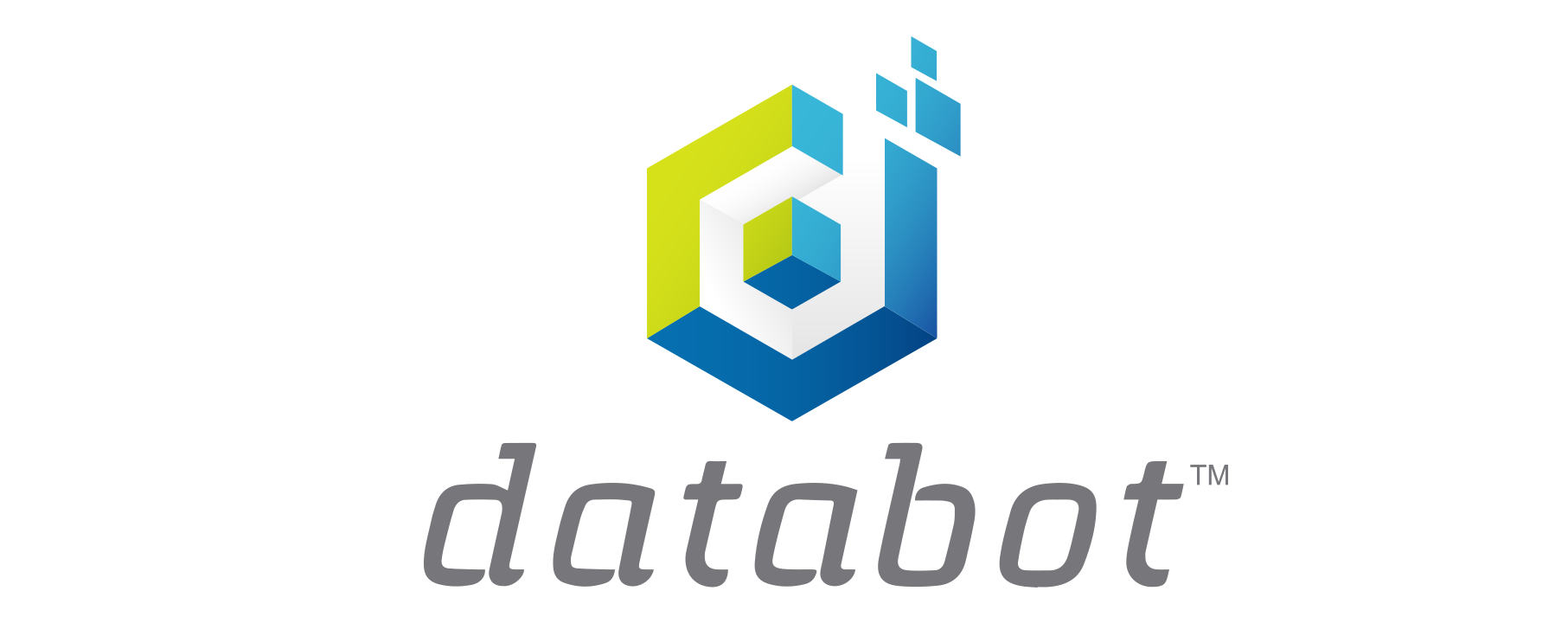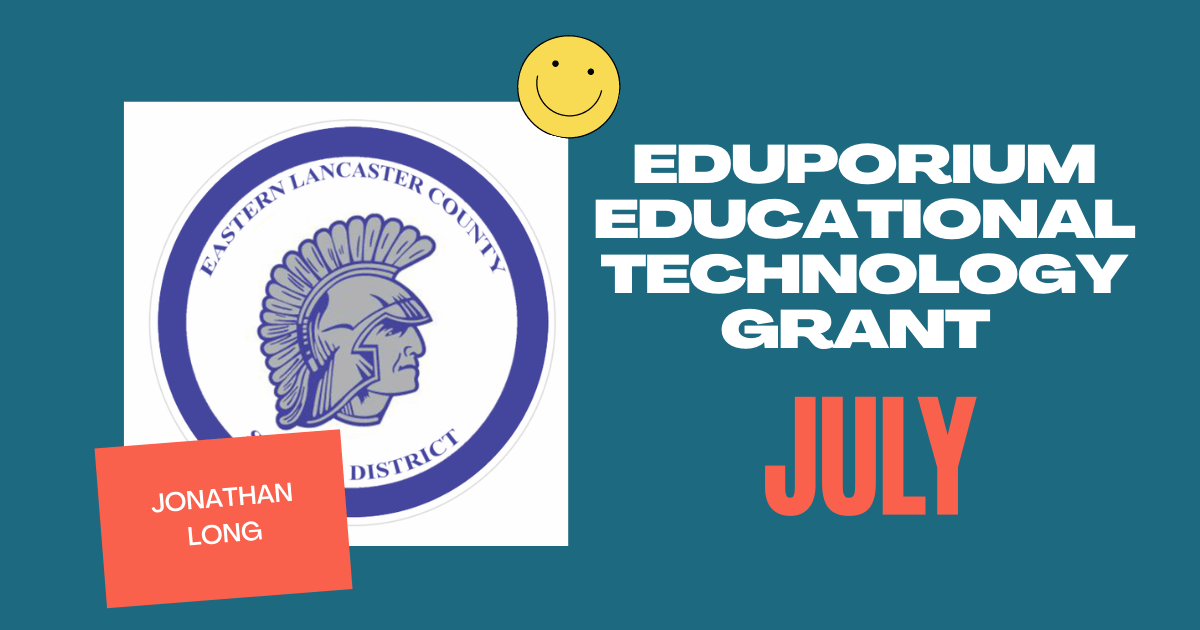We’ve come to a decision on who our STEM grant award for the month of July has gone to. This month’s recipient is Jonathan Long, a middle school STEM teacher in the Eastern Lancaster County (PA) School District! Jonathan is a huge fan of technology and getting his students to engage in the design process as they learn. He’s used EdTech tools before and we’re excited to provide him with a new one to try—the databot.

As we said, Jonathan is certainly an educator who keeps up with EdTech and STEM innovations. He seems to be a fan of the Sphero RVR, for example, which is what led him to request some databot’s as part of his grant award. The two are compatible and he has a very creative plan for helping his students use the databot’s on-board sensors. If you’re unfamiliar with this technology, the databot has an air pressure sensor, an altitude sensor, a humidity sensor, a UV sensor, a light sensor, and a CO2 sensor! It’s also fitted with a gyroscope, magnetometer, microphone, and a hookup to attach it to the Sphero RVR.
His plans to use the databot with the Sphero RVR.
Since the databot has so many sensors and compatibility with the RVR, students can essentially pair the two and combine the databot’s ability to sense its environment with the RVR’s ability to move around and respond to programmed instructions. Now comes the fun part. Jonathan implied in his grant application that he’s not going to initially let his students in on the fact that the databot has all of these sensors—rather, he’s going to let them find out for themselves!

“Students will try programming a Sphero robot to navigate a vacant room in our school building. The students will have no idea that there will be high luminescent lights, baking soda poured in vinegar, magnets, and other elements that will spike multiple data readings on their databot’s. Students will then have to evaluate their data findings and report back the “safety” levels of the room,” Jonathan said in his application, illustrating part of the reason we loved his project idea!
Potential databot projects to explore.
Attaching the databot to the RVR makes it mobile and students will identify light level in the room and more. His students will also study safe levels of CO2, light, magnetism, and more in this hands-on activity. As they start to discover the various elements within the classroom, Jonathan will explain more of the databot’s abilities and help his students to learn more about values of certain elements in the air that represent an unsafe quality for humans.
He’s planning to have students run simulations with the RVR Robot and collaborate to analyze findings from the databot. Then, they'll prepare a final analysis to determine if the room is safe or if it requires some special gear! In our eyes, this is an extremely creative project that will undoubtedly help students explore some true real-world problem solving.
Helping students build tech skills.
For this class in particular, Jonathan often utilizes modern technology tools to help students explore contemporary ways of solving problems. He especially focuses on how different components can come together and help them find solutions in a seamless way. That’s prefect for this project since they’ll be combining the powerful databot with the extremely versatile and mobile RVR. And, as you might expect, he’s excited to explore how integrating the databot can help extend learning opportunities even further.

Jonathan wants to be able to help his students see that today’s technology is getting easier and easier to use. As it becomes more universal and pieces of technology continue to communicate with each other, it’s going to present a whole lot more problem-solving avenues and create some new STEM careers as well. As he continues to help students seek creative solutions, Jonathan also knows the importance of getting out of the way. Letting them discover new things on their own is something he should have little trouble with throughout this project.
We thank Jonathan for his application and congratulate him on being selected as our latest grant recipient. If you know of an educator who loves using technology and could benefit from some new STEAM tools to enhance their instruction (maybe that’s you), we’d encourage you to let them know to apply for our next grant award! The application is now open and will close on Aug. 20. You can find the application on our site and be sure to follow us on Twitter and Instagram as well.



